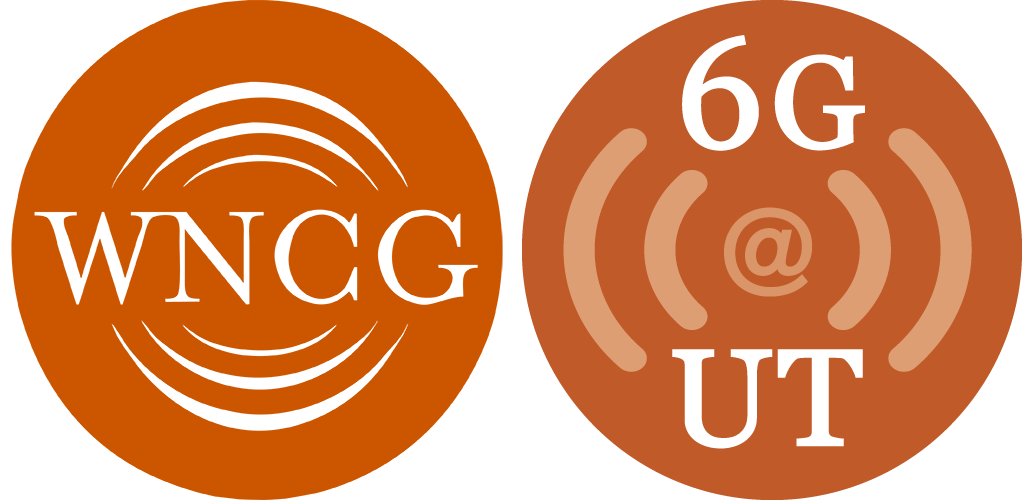Capacity projections from the International Mobile Telecommunications (IMT) have become outdated even before the next generation, i.e., the 4th generation (4G), wireless communications systems have been widely deployed. This is due to the fairly recent explosion and uptake of smart phones and smart services anytime/everywhere, and the thus associated data requirements.
The trend is clearly towards splitting indoors and outdoors network designs, with focus on interoperation, support of mobility, high traffic levels and emerging bandwidth-intensive applications. Focusing e.g. on the market demand in dense urban areas during business hours, it has been calculated that about 1 Gbps/km2 are required. This is an order of magnitude higher than the current forward looking state of the art 4G networks. Whilst capacity is one of the main drivers, the cost of achieving said capacity is another. In other words, only cost efficient solutions to deliver the required capacity density are seen to be viable for 5G deployments. To this end, the talk will be divided into three topics: i) indoor design through femto cells; ii) outdoor design through innovative cellular design; and iii) management of said architectures through self-organizing networking (SON).
Concerning the indoors design, will femtocells pose a potentially large disruption to the carefully planned cellular networks that now connect a majority of the planet’s citizens to the Internet and with each other? Or will femtocells prove more trouble than they are worth, undermining decades of careful base station deployment with unpredictable interference while delivering only limited gains? I will thus overview femtocells, demystify their key aspects, and provide a preview of the next few years, by discussing in great depths the many aspects and facets of the femtocell eco system.
Concerning the outdoors design, I will present a detailed architectural and functional approach to achieving 5G networking capacities – all corroborated by a fairly detailed cost and business case estimate. I introduce the concept of “architectural water-filling” with cheap below-rooftop access base stations and a unique feeding architecture using a combination of licensed in-band spectrum and out-of-band license exempt spectrum. Very high capacity feeding hubs with high-order spatial reuse are thus created using multi-beam antennas and advanced MIMO techniques, as well as use of millimeter wave radio links. Cognitive/docitive techniques are introduced to handle the increasingly complex system dynamics, making a viable step towards SON.
Finally, I will dwell on latest trial and ETSI BRAN standardization activities towards the implementation of said 5G systems, as well as how current 3GPP LTE-A activities facilitate the design.
10x Beyond LTE-A – Business Case, Technologies, Challenges for Emerging 5G Networks
Event Status
Scheduled
Event Details
Date and Time
Nov. 13, 2012, All Day

